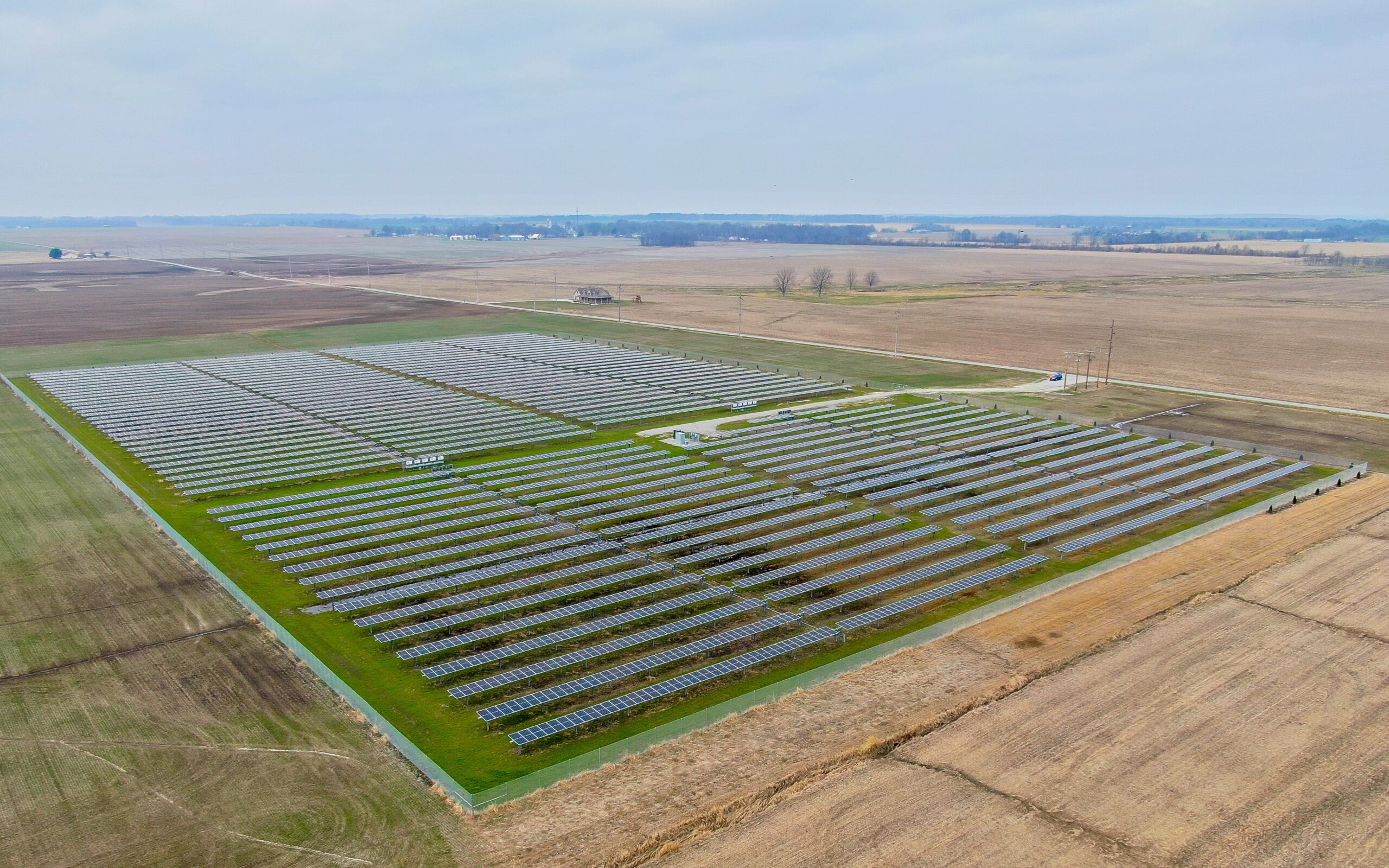Developers are working to build trust in communities that have long been shut out of the clean energy transition.

The Briscoe2A community solar project in LaSalle County, Illinois. Credit: Summit Ridge Energy
Community solar is inherently a way to expand equity in solar access, as advocates describe it, since it makes clean energy and savings accessible to people who lack the capital or the space to install their own arrays.
The Inflation Reduction Act has the potential to drive a boom in community solar development, with bonus tax credits for community solar that serves low-income residents or is located in low-income areas, in addition to the 30% Investment Tax Credit available to all solar projects.
Excerpt: Summit Ridge, the nation’s largest community solar developer, is among the companies who work with third party contractors to recruit low-income subscribers. “We are seeing projects on the margins of being able to pencil before, that can pencil now,” said Elder. “That’s why we can look at doing more of these rooftops. It’s how we can pull some of these projects off agricultural land, put them in urban epicenters where the load is, coupled with workforce development programs where you can pull in folks traditionally left out of the clean energy economy.”
Read more and hear from Leslie Elder, Vice President of Political & Regulatory Affairs, Summit Ridge Energy: Energy News Network, By Kari Lydersen



